Blog

How to connect with disconnected kids
Hi parents, hi peers!
Are you feeling tired and chronically busy? Is your time simply slipping through your fingers? Where are you in regards to your professional-private life balance? How do you describe your spare time with kids and what kind of activities do you usually do together?
Yes, I know! - We are all busy and under stress and have few deadlines coming soon, but it is important to mention that we have magical solution which helps us to stay efficient. We are able to act fast and disconnect our kids (in manner: do not ask, do not talk, stop running around) by giving them distraction-multimedia devices, so they can entertain, learn, read and communicate. Problem solved!
Did you know?
1. On average, 8- to 12-year-olds in US use just under five hours’ worth of entertainment screen media per day (4:44), and teens use an average of just under seven and a half hours’ worth (7:22)—not including time spent using screens for school or homework [1]. The EU numbers are not much better-they are spending up to 6 hours daily using electronic devices [2]
2. The recommended pediatric guideline is that children should spend no more than 1 hour per day viewing high-quality programming. [3, 4]
3. By school entry, 1 in 4 children shows deficits and delays in developmental outcomes such as language, communication, motor skills, and/or socio-emotional health [5,6]
4. Excessive screen time has been associated with a number of deleterious physical, behavioral, and cognitive outcomes [7, 8].
5. Although some benefits of high-quality and interactive screen time have been identified [9, 10]
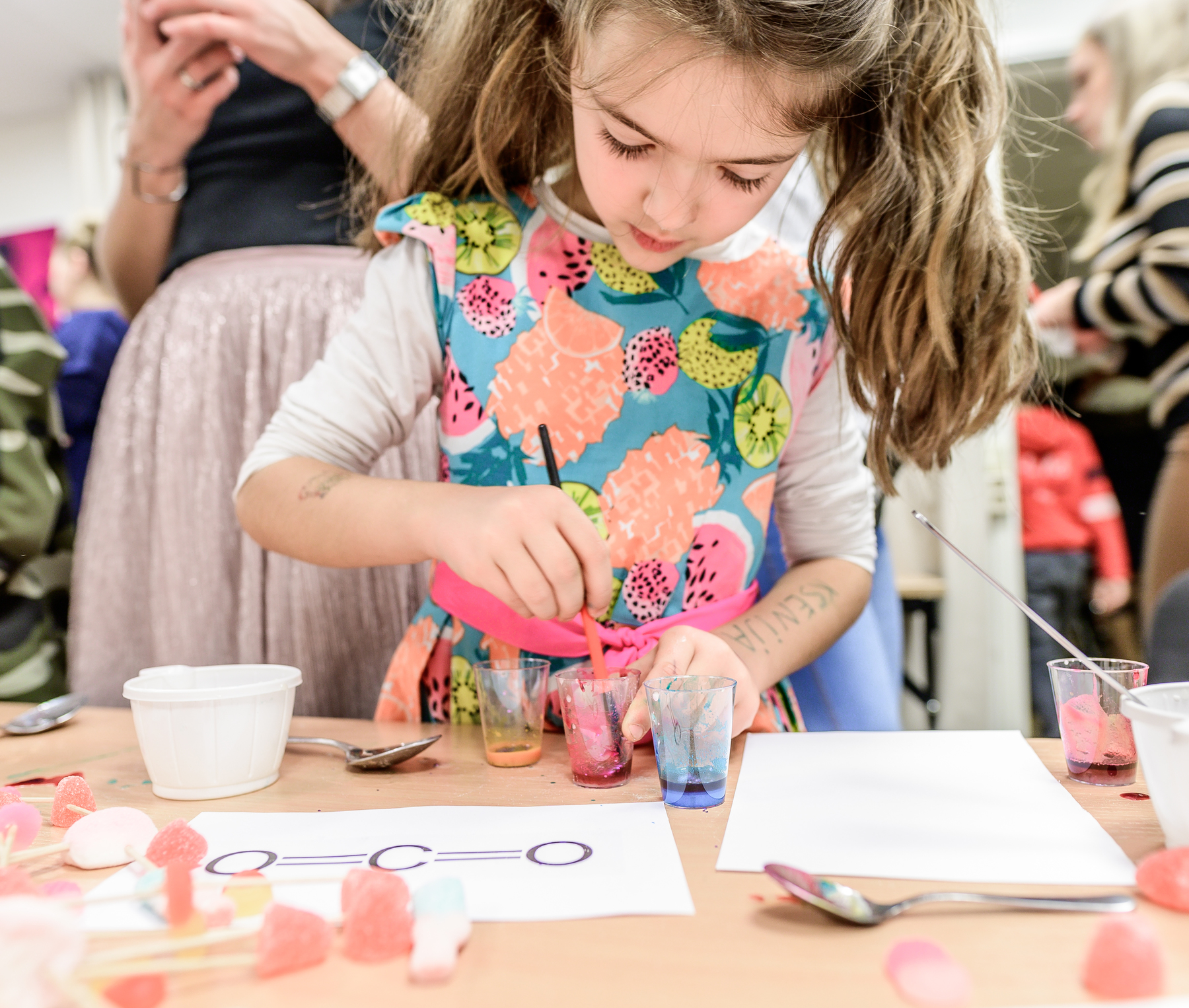
I am sure that we can switch the gears!
I strongly believe that we are able to change our daily routines and connect with our disconnected kids. Do not forget, our role as a parents, is not just to provide for families and maintain basic logistics; we are performing day-to-day the most important task- growing next generation of people who will shape the future World very soon!
So, let’s spend some quality time with our kids. Let's encourage our kids to ask questions, search for answers and be ready for lifelong learning process. I promise, you will be enjoying spending more time with those creative and curious creatures.
My recipe is to let kids help me with daily routines and they truly enjoy in i.e. meal preparation. I am researcher and tend to implement a bit of science every chance I get. So, we are cooking, baking, making organic cosmetics, and making all kinds of creative material using eatable and non-harmful ingredients.
Today, I am sharing with you the activity we developed for fun! Try to make DIY water colors.
DIY-ware colors
- Take big cup and mix bicarbonate (1) and vinegar (2) using spoon. You are going to notice that acid (vinegar) will react with salt (bicarbonate).You get a bubbling mixture because acid taking out the CO2 from bicarbonate.
- When the bubbling stops, add corn starch (3) and it won’t be easy to mix it. Muscles are needed☺. Then, add sugar syrup (4) in the mixture so you get the nice texture. And now you have a basic mixture.
- Take few small cups and pour a little bit of basic mixture in each. Then add a few drops of food color (5) in each. Be creative, make a diverse combinations.
#Take a paper and paint brush and try your colors. NOTE: The colors will get dry tomorrow, then you can use those as regular water colors using wet paint brush.
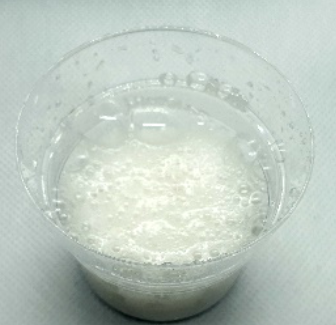
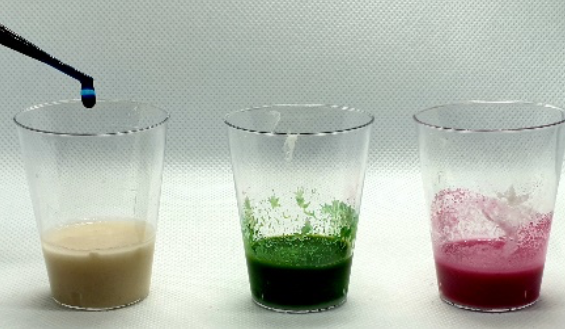
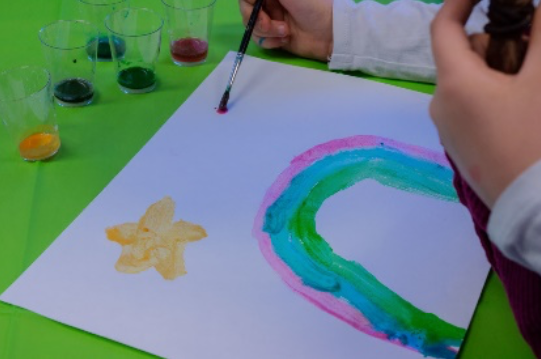
Background:
Vinegar (CH3COOH) and baking soda (NaHCO3) creates molecule of water (H2O), carbonic acid (H2CO3) and carbon-dioxide (CO2).
This is acid-base which helps us to make a color basis. Then we use technology to create a product
Do not forget! Science is not only about finding a cure for cancer, it is present in every aspect of our everyday life.
Please, share your results with us!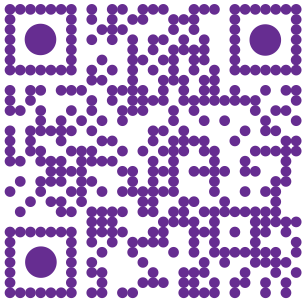
#scimarkt
https://www.instagram.com/scimarkt/
https://www.facebook.com/SciMarkt
References
1. 2019-census-8-to-18-full-report-updated.pdf
2. https://www.eukidsonline.ch/files/Eu-kids-online-2020-international-report.pdf
3. American Academy of Pediatrics. American Academy of Pediatrics announces new recommendations for children’s media use. American Academy of Pediatrics Announces New Recommendations for Childrens Media Use. Published October 21, 2016. Accessed August 30, 2018.
4. Radesky J, Christakis D, Hill D, et al; Council on Communications and Media. Media and young minds. Pediatrics. 2016;138(5):e20162591. doi:10.1542/peds.2016-2591
5. Janus M, Offord DR. Development and psychometric properties of the Early Development Instrument (EDI): a measure of children’s school readiness. Can J Behav Sci. 2007;39(1):1-22. doi:10.1037/cjbs2007001
6. Browne DT, Wade M, Prime H, Jenkins JM. School readiness amongst urban Canadian families: risk profiles and family mediation. J Educ Psychol. 2018;110(1):133-146. doi:10.1037/edu0000202
7. Przybylski AK, Weinstein N. Digital screen time limits and young children’s psychological well-being: evidence from a population-based study [published online December 13, 2017]. Child Dev. doi:10.1111/cdev.13007
8. Zimmerman FJ, Christakis DA. Children’s television viewing and cognitive outcomes: a longitudinal analysis of national data. Arch Pediatr Adolesc Med. 2005;159(7):619-625. doi:10.1001/archpedi.159.7.619
9. Kirkorian HL, Choi K, Pempek TA. Toddlers’ word learning from contingent and noncontingent video on touch screens. Child Dev. 2016;87(2):405-413. doi:10.1111/cdev.12508
10. Staiano AE, Calvert SL. Exergames for physical education courses: physical, social, and cognitive benefits. Child Dev Perspect. 2011;5(2):93-98. doi:10.1111/j.1750-8606.2011.00162.x
